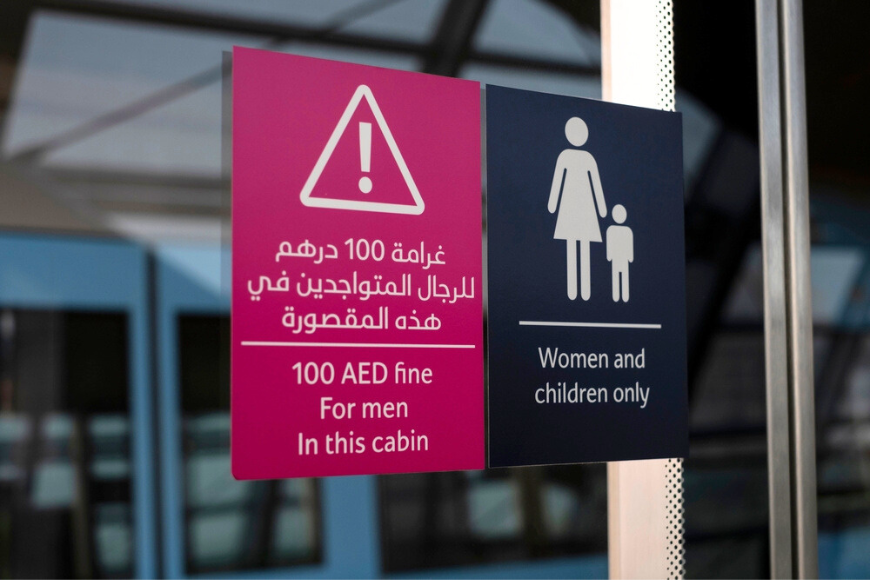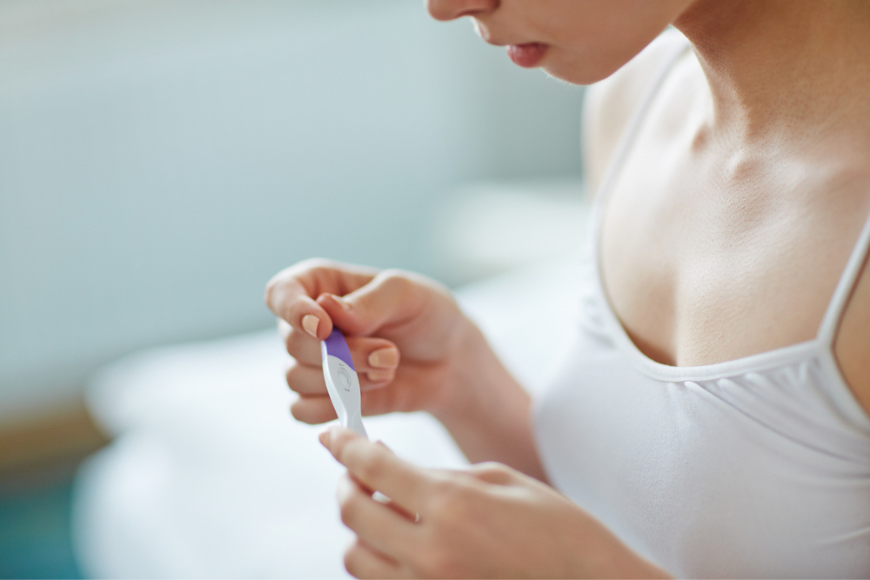The current fertility rate in the UAE has declined by 0.94% since 2021 and currently sits at 1.367 births per woman as of 2022
14 October 2022
| Last updated on 9 November 2022
Region-specific causes of infertility among citizens and expats include Vitamin D deficiency, consanguinity, and obesity.
It is estimated that infertility affects 15% of the global population of reproductive age.
ART Fertility Clinics are recognised internationally as leaders in assisted reproductive technology, research, and development. They have clinics in Dubai, Abu Dhabi Al Ain, Oman, and India. With documented pregnancy rates of 71% and live birth rates of 55%, ART Fertility Clinics is fast becoming a world leader in reproductive medicine.
The clinics specialise in a range of fertility treatments in the UAE including diagnosing and treating both male/female infertility and undertaking root-cause analysis of infertility. They also provide counselling and deliver end-to-end services to couples. Fertility preservation is offered for both oncology and social reasons by all ART clinics.
When asked about the rise of infertility in the UAE, Dr. Carol Coughlan, MD, Medical Director at ART Fertility Clinics Dubai, said: "We are seeing a continuous upward trajectory in primary and secondary infertility in our region due to cultural and lifestyle-related issues. The global estimates of infertility are around 15% whereas our data for the region suggest infertility to be nearly as high as 35-40%."

She added: "We aim to ensure that our services are available to all couples who need support to conceive and provide these couples with the very best of care."
What are some of the most common causes of infertility?
ART Fertility Clinics’ research shows that globally there are many causes of infertility. These include:
- Advanced maternal age.
- Sperm problems.
- Polycystic ovary syndrome (PCOS)
- Endometriosis
- Uterine fibroids, among others.
However, other factors may vary among countries and might be associated with climate, social, cultural, economic, or religious disparities.
Interestingly, an in-depth study conducted by ART Fertility has shown that in the GCC, there are region-specific factors that contribute to the increasing infertility rates among couples, both Emiratis and expats.
1.) Consanguine marriages
Consanguinity is one among them. It continues to be an embedded sociocultural trend in the local population in the UAE, with an over 50% incidence.
"It is well known that the offspring of consanguine couples have higher risk of genetic diseases", said reproduction experts at ART Fertility Clinics.
In addition, daughters of consanguine couples have increased risk of reduced ovarian reserve as compared to their similarly aged counterparts.

2.) Vitamin D deficiency
Vitamin D is important in human reproduction, and Middle Eastern countries have the highest vitamin D deficiency rates in the world.
This is attributed to the concealing dress code, insufficient dietary intake of vitamin D, and the increasing time spent indoors.
Specific measures aim to counteract these issues such as taking vitamin D supplements and encouraging an active outdoor lifestyle.

3.) Obesity
The prevalence of obesity is rising globally, with the Middle Eastern region reporting extremely high obesity rates.
A sedentary lifestyle, lack of physical exercise, and high-calorie diets are common contributory factors. It has also been documented that obese women undergoing IVF are more likely to respond inadequately to the medication and experience higher miscarriage rates.
It is essential to adequately counsel couples on the lifestyle factors that can adversely affect their chances of success.

ART Fertility Group holds educational conferences to inform doctors and patients on the factors contributing to the increasing incidence of infertility rates documented in this region.
Taking account of the different reasons contributing to the decline of fertility in the region, ART Fertility clinics offer a comprehensive range of treatments and consultations. These consultations are provided by experienced doctors and embryologists who are working with a common goal of providing their patients with the best possible chance.




.png?itok=HBSyMDok)









































































.png)



























.png?itok=0fOAXkOm)

























.png?itok=EH_x0Pha)
